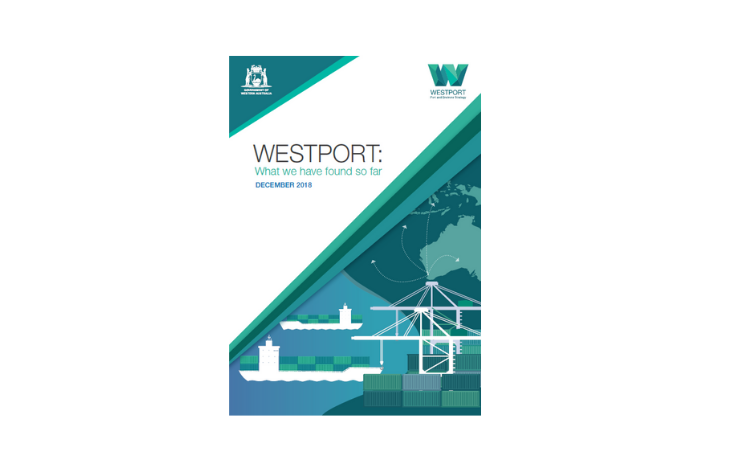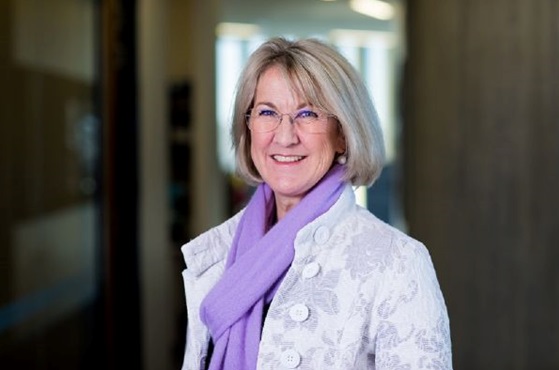
The Westport Taskforce has released its first progress report, Westport: What we have found so far. The report can be downloaded from mysaytransport.wa.gov.au/WWHFSF.
In the report, long-term container trade forecasts from Deloitte Access Economics confirm that the current maximum capacity of Fremantle Port will be exceeded in coming decades.
Deloitte’s forecasts indicate that Perth’s container trade will reach 3.1 million TEU (twenty-foot equivalent units) by 2068, based on a long-term average growth of 2.8 per cent annually.
“The most recent comprehensive study into Fremantle Port’s capacity by AECOM in 2014 concluded it could handle up to 2.1 million TEU of containers if some moderate enhancements to the transport network are made,” said Westport Taskforce Independent Chair, Nicole Lockwood.
“However, the community’s tolerance for more trucks on the roads and freight train passings has not yet been tested. The socially acceptable capacity at Fremantle Port may be much less,” said Ms Lockwood.
Further, Fremantle Port’s container trade increased by 7.5 per cent from 2016/17 to 2017/18 – well above the 2.8 per cent mark used by Deloitte. If that trend continues, the tipping point will come much sooner.
Ports are expensive but very long-lived pieces of infrastructure that play a critical role in industrial and economic growth. Most shipping containers handled at Fremantle Port contain everyday consumer and household items, so being able to accommodate long-term container growth is critical to maintaining WA’s current living standards.
“Without the ability to import enough of the products we use and rely upon every day, future generations may suffer if we are short-sighted and don’t plan for our long-term requirements,” said Ms Lockwood.
“To design and construct a new port with integrated road and rail connections takes many years, so it is prudent that we are starting this process now before it becomes urgent.”
The Westport: What we have found so far report summarises the constraints facing the current port facilities at Fremantle, Kwinana and Bunbury in terms of operational capacity, road and rail network limitations, land availability and environmental and social considerations.
From this evidence base, eight strategic options – the feasible combinations of where trades can be located across the three ports – have been identified and are explained in WWHFSF. The Westport Taskforce is now undertaking detailed investigation of these eight options, from which the best long-term solution/s will be determined for the final Strategy due at the end of 2019.
Feedback on the report can be provided at mysaytransport.wa.gov.au/WWHFSF until 21 January 2018.







